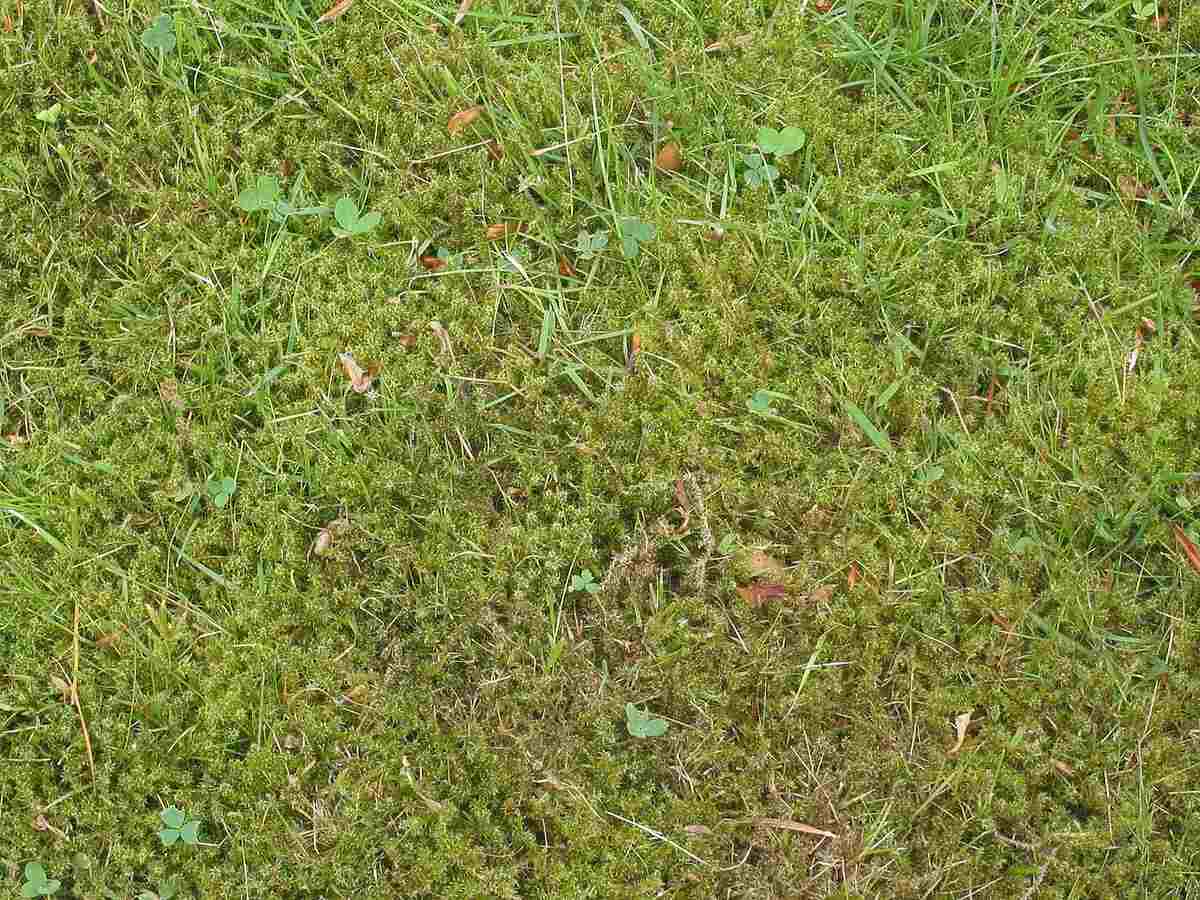
When you think of lawn problems, you probably first think of weeds. But moss is a serious problem, too, and a different problem. Removing moss from your lawn takes an entirely different plan of action.
Moss likes to grow on lawns in areas that are either shady or damp or both. This presents a problem to your shaded turfgrass that’s already struggling to grow with minimal sun. Let’s take a closer look at how you can save your grass from creeping moss.
What is Moss?
There are countless species of moss around the globe – well, if you are counting, it’s more than 12,000 different types – and they like to pop up all over the place. Moss is a simple plant that doesn’t have seeds and doesn’t establish deep roots. Instead, it produces spores that can be wind-blown and germinate that way.
Moss is opportunistic, growing where grasses are thin and weak. Moss doesn’t do well in areas of rich, dense, and vigorously growing grass. Moss and lawn grasses fight each other; once moss is established, grass will not spread further in those areas.
How to Remove Moss From Your Lawn
There are several ways you can remove moss from your yard. Here are some options to consider:
1. Rake and Dethatch
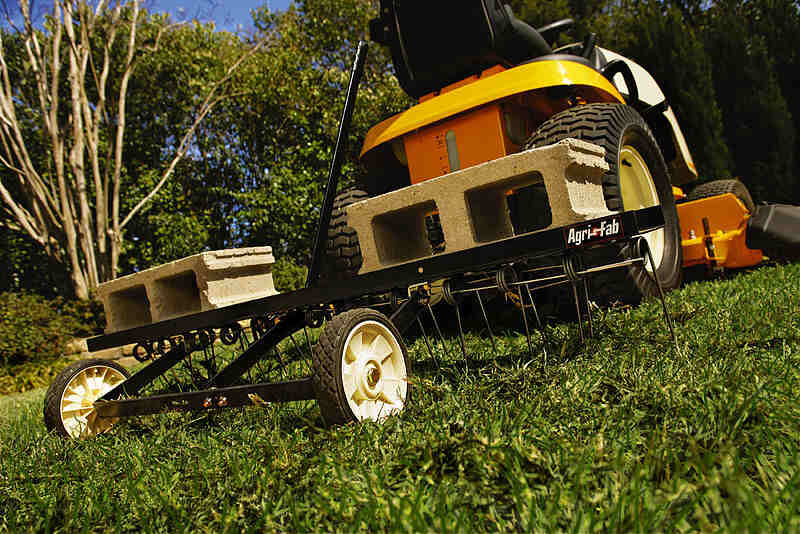
For smaller lawns, it’s easy enough to simply rake up the moss, which doesn’t have the ability to grow deep roots and which comes off easily. Dethatching the area also discourages moss growth and won’t harm your grass.
With a larger lawn, dethatching becomes more important and more difficult. One solution should you not want to test your back, legs, and shoulder by raking, is to get a dethatching blade for your lawnmower. The key here is to set the height adjustment so that the tines of the dethatching blade are low, but not low enough that it will also remove the grass.
Alternatively, you can rent a power rake from gardening or home improvement stores. These come with rotating spindles with flat blades. The power rake will loosen thatch and moss to make cleanup easy.
2. Adjust the Lawn’s pH Balance and Nutrient Levels
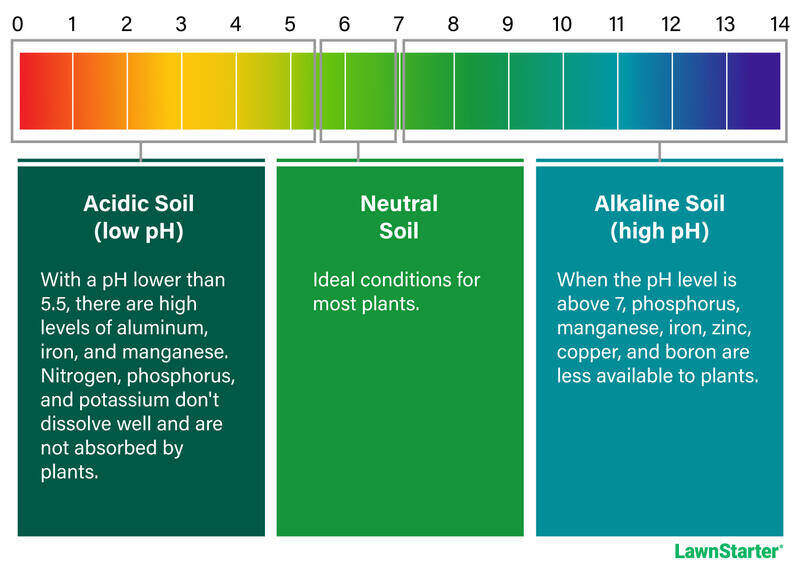
The ease with which the lawn will grow depends upon the soil’s acidity. Acidic soil constrains the nutrients that would otherwise help grass grow. When that happens, moss has an easier path to moving in.
It’s easy to check the pH level of your lawn with a soil test kit, which most garden centers and home improvement stores supply. You’re going to want the soil’s pH to register as neutral, rating between 6.5 to 7.0. If the soil is 6.0 or less, it’s considered acidic. If the soil is above 7.0, it’s considered alkaline. Acidic soil is bad for grass but great for moss. Adding lime (calcium carbonate) will move the soil from acidic to neutral.
Before applying the lime, be sure to both dethatch and aerate the lawn. And remember–– only use the lime on acidic soil; never use it on alkaline soil.
The soil test kit will also give a reading on the soil’s nutrient levels. If the soil shows low levels of nitrogen, phosphorus, or potassium, then your lawn may need a fertilization boost to help improve the situation.
3. Apply a Glyphosate-Based Herbicide
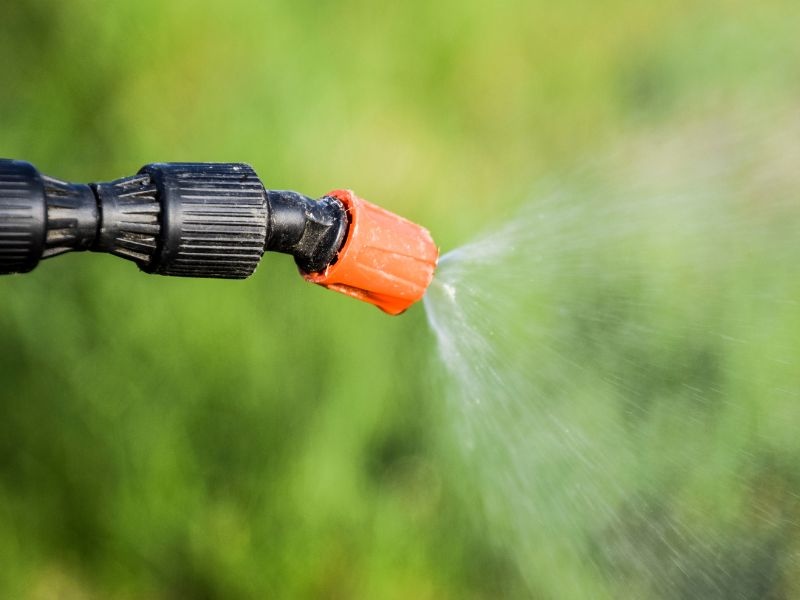
Glyphosate-based herbicides are all over the market and continue to be popular with those attempting to get rid of moss.
However, such herbicides tend to have mixed results. The World Health Organization (WHO) considers glyphosate to be a probable human carcinogen. At the same time, the U.S. Environmental Protection Agency (the EPA) currently rules that glyphosate is not likely to be a human carcinogenic.
States are beginning to take a look at glyphosate, but already hundreds of cities or counties have banned the use of glyphosate, so you’ll have to check locally to see if you can use glyphosate-based herbicides.
The chemical works by absorption. If you decide to use it, apply it to mossy areas only where there are no competing plants (including grass) that might be damaged by accidental application.
4. Use Iron Sulfate or Other Sulfate-Based Herbicide
Iron sulfate is proven to kill moss in the yard while allowing your grass to grow unimpeded. However, like all garden chemical options, there are considerations that may steer you in a different direction.
The ingredients in most commercial moss killers – mostly iron sulfate and ferrous ammonium sulfate – are not toxic in the way other herbicides can be. They are, however, corrosive substances that can irritate skin and lungs, and should they run off, are hazardous to aquatic life. Because of the dangers of runoff, it’s best not to spray them on concrete and other surfaces prone to runoff. Iron sulfate will leave rust spots or stains on concrete, brick or stone, given the chance, so wash off any excess with water and a scrub brush.
Iron sulfate kills moss in the lawn by drying it out, but it won’t hurt grass; in fact, it’s a component of most lawn fertilizers. Iron sulfate turns the moss black over a short period of time, perhaps a few hours, and kills it entirely in 24 to 48 hours.
Chemical moss killers are not long-term solutions. Once the chemicals have drained through the soil, the area is prone to become overrun with moss once again unless the underlying conditions are addressed.
Pro Tip: It is important to dethatch the lawn before applying a chemical herbicide like iron sulfate.
5. Try a Moss-Killing Soap
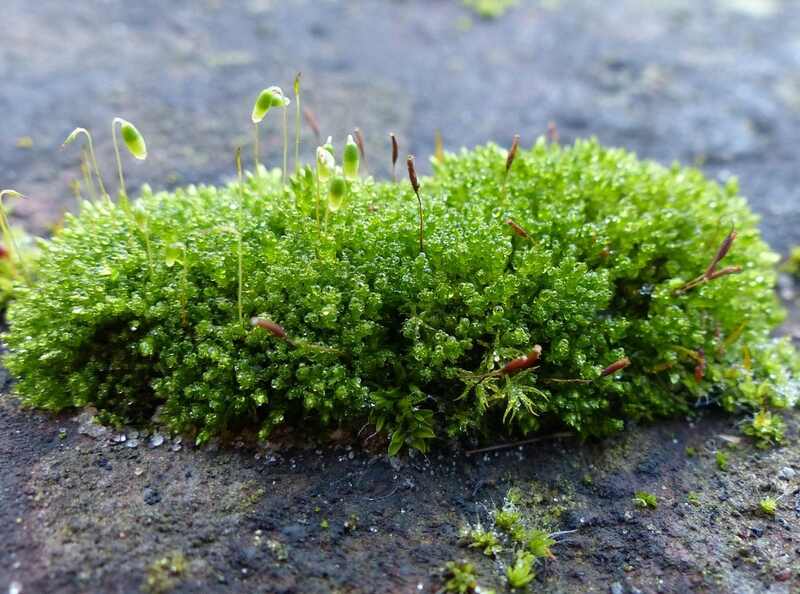
Cryptocidal soaps are relatively new to the battle against moss. After application, the soap will bleach the color out of the moss, turning it to a whitish-yellow color, and such soaps should be used sparsely.
They are slower working than iron sulfate or glyphosate remedies, but they have the advantage of being safe should they get on sidewalks or other structures.
Failing that, you can use dish soap diluted in water in your effort to rid your lawn of moss. Like cryptocidal soaps, dish soap will dry up the moss, turning it yellow, brown or orange, after which it can be raked out easily.
This is a slower-moving process, and you can expect to need to reapply the soap daily before the impact becomes real.
6. Aerate the Lawn
Many lawns see extensive foot traffic, and that kind of use can compact the underlying soil, preventing a regular supply of nutrients, water, and air to make their way to the soil. Aerating the lawn can counterbalance that.
An aerating machine will create tiny holes in the lawn, letting it breathe and allow drainage as needed.
Compacted soil doesn’t bother moss, but it impedes the ability of the lawn to grow, making moss’s incursion all the easier.
How to Prevent Moss in the Lawn
Once the raking, dethatching, application of chemicals and the rest have your immediate moss problem on the run, there are ways to make sure moss doesn’t want to come back.
Among them:
Seed Thin Areas
By filling in sparsely covered areas of grass with appropriate grass seeds, you can grow a thicker, lusher area of grass that will help keep moss at bay. When you do, mix in some topsoil and keep the area moist so that the seedlings can establish themselves.
Grow Plants in the Shade
Mosses like the shade while grass does not. You can’t always control the amount of shade your lawn gets, but you can help by planting flowers and plants that thrive in the shade, preventing moss from growing there instead.
Your gardening store can talk up the best shade-loving plants for your area, some of which include astilbe, brunnera, heuchera, hostas, hellebore, ferns, hydrangea, pulmonaria and tiarella.
Watch How Much You Water
Because moss thrives on moisture, you’ll need to keep watering to a minimum. In particular, avoid watering at night in the early fall or spring, times when moss grows best. If the area is naturally moist, you might want to consider installing a drainage system. You can change the contours of the lawn or install a French drain. These are labor-intensive, and it’s probably best to try other solutions first.
Use Fertilizer on the Entire Lawn
If your lawn is nutrient-poor, grass will have trouble growing and moss will have an entry. Regular application of a fertilizer with high concentrations of nitrogen mixed with potassium and phosphorus will spur lawn growth.
No Moss, No Fuss
The best way to prevent moss from returning to your lawn is to practice proper lawn care maintenance. But not everyone has the time (or patience) to push around the lawn mower and lug out the fertilizer.
For a no moss, no fuss lawn, turn to your local lawn care professionals for expert lawn maintenance. Hiring a professional to maintain your lawn’s strength can help keep out pests, weeds, and moss, all without you having to lift a finger.
Main Image Credit: Raspak / Wikimedia Commons / CC BY-SA 3.0